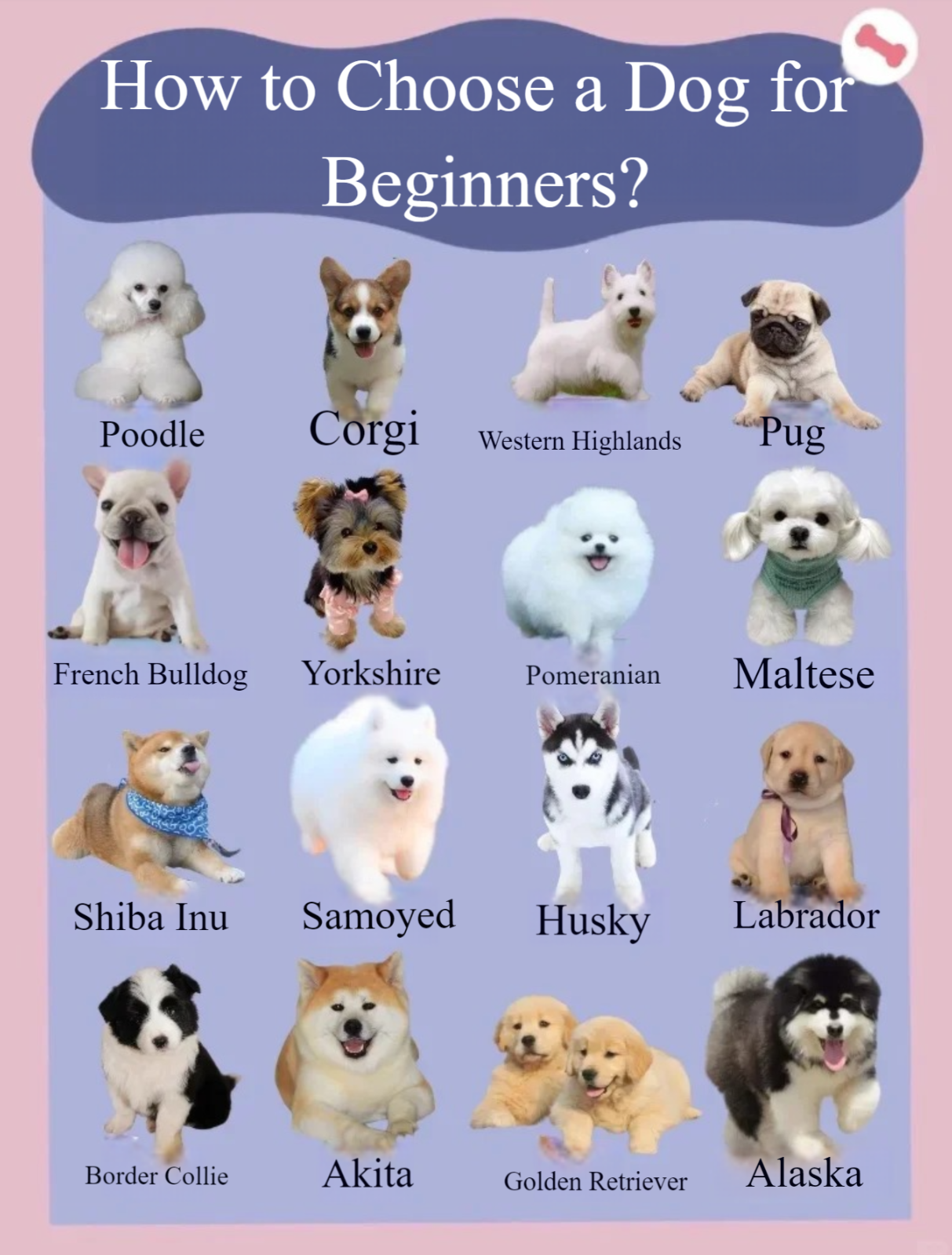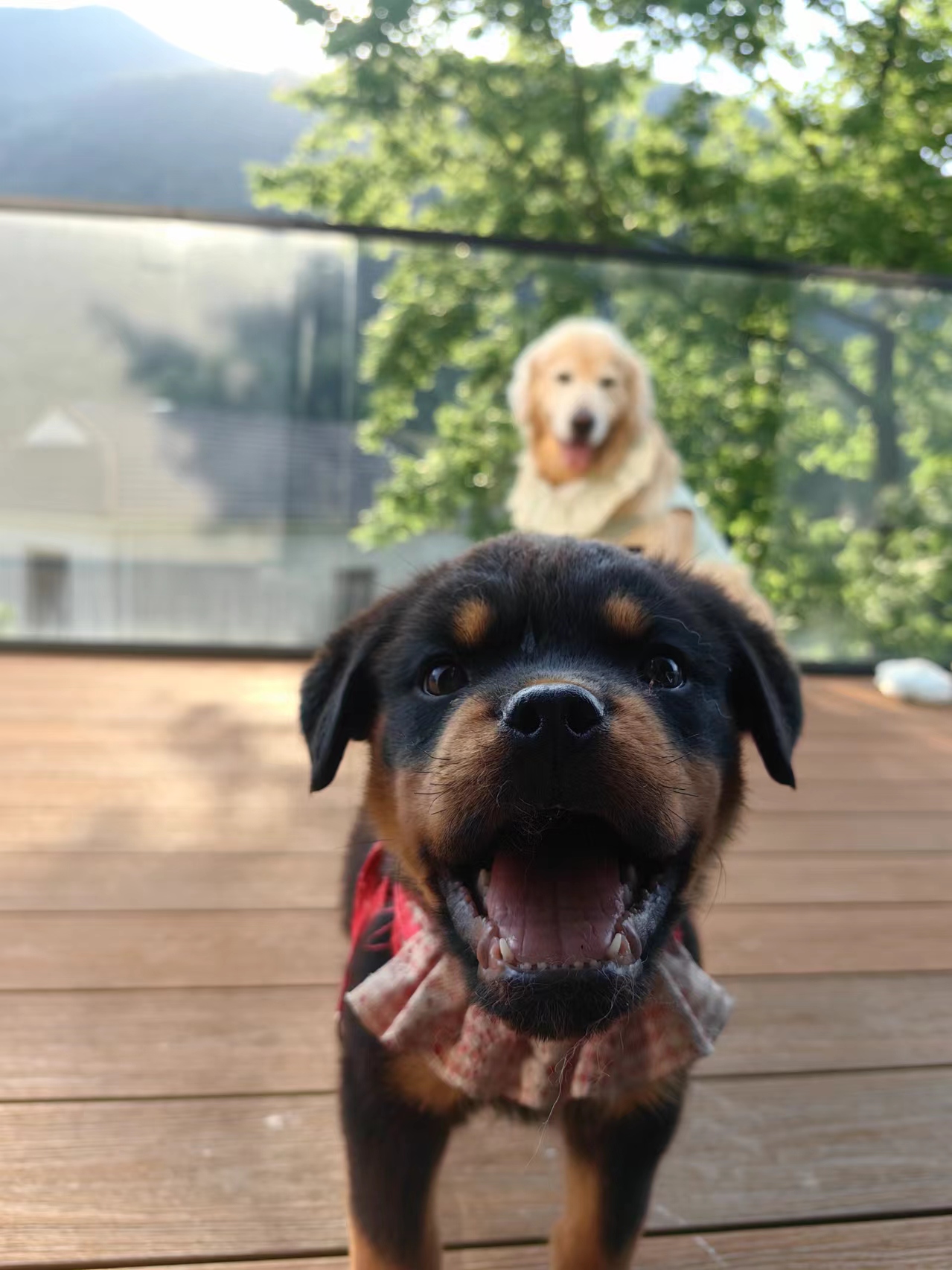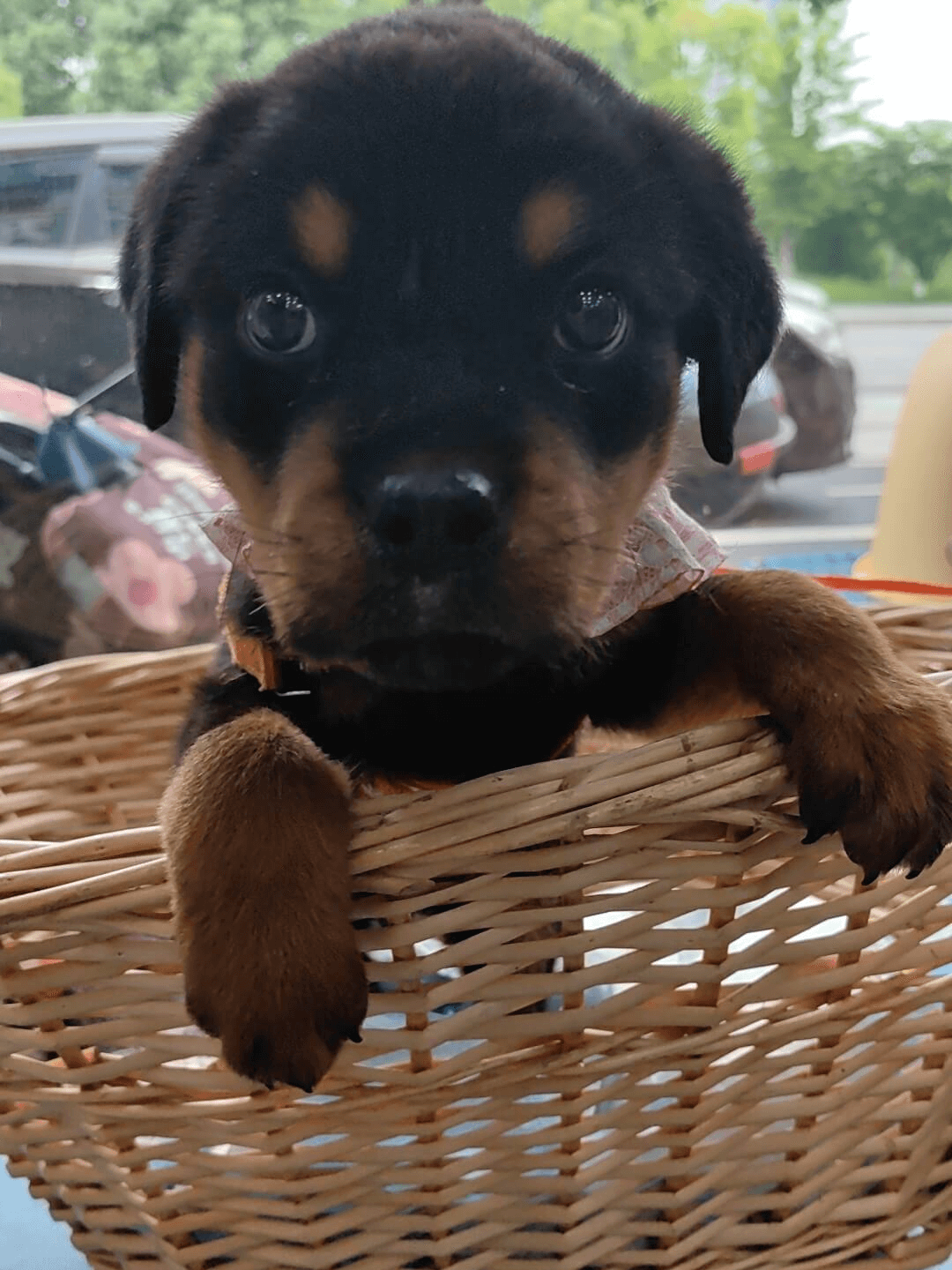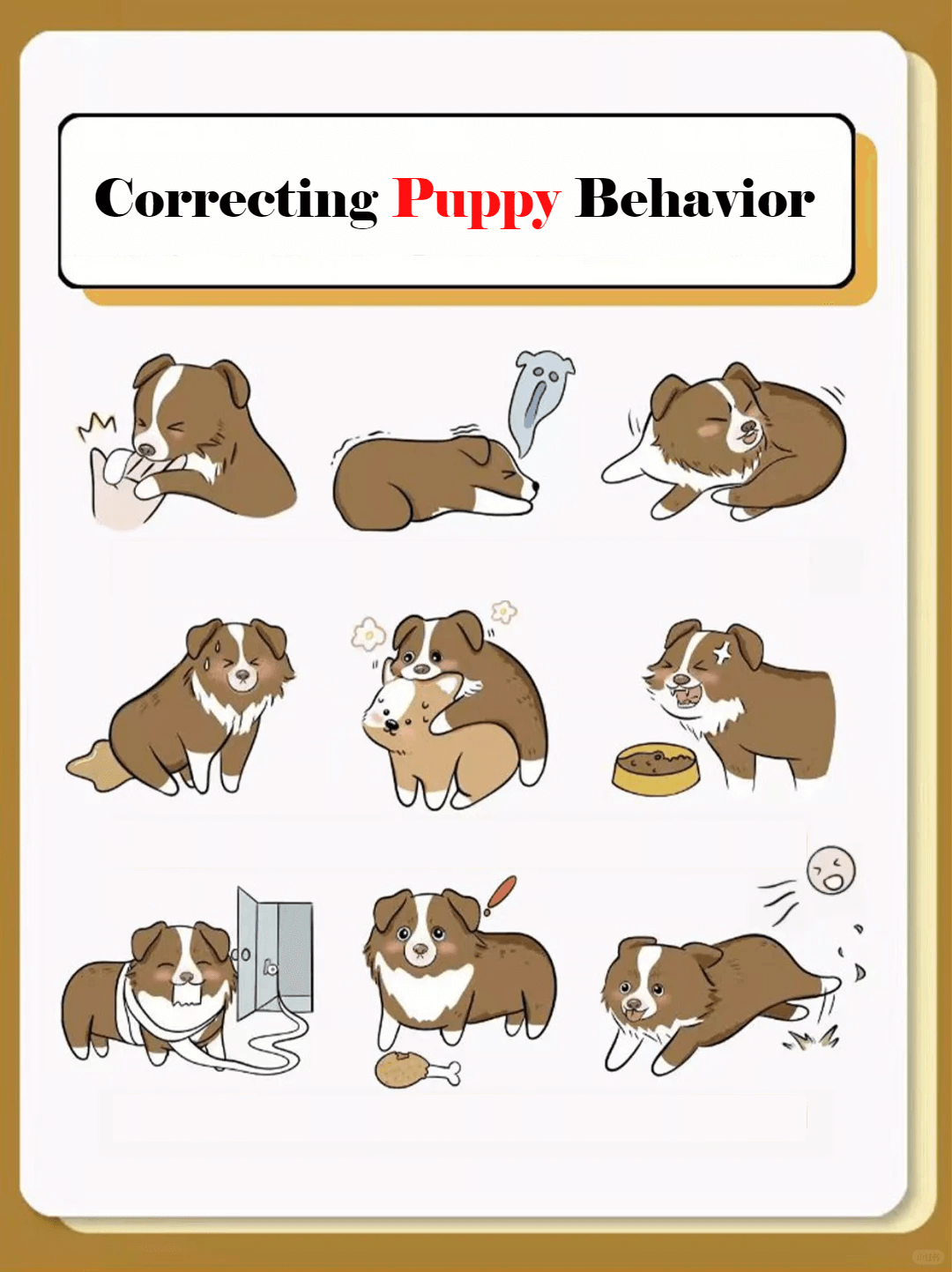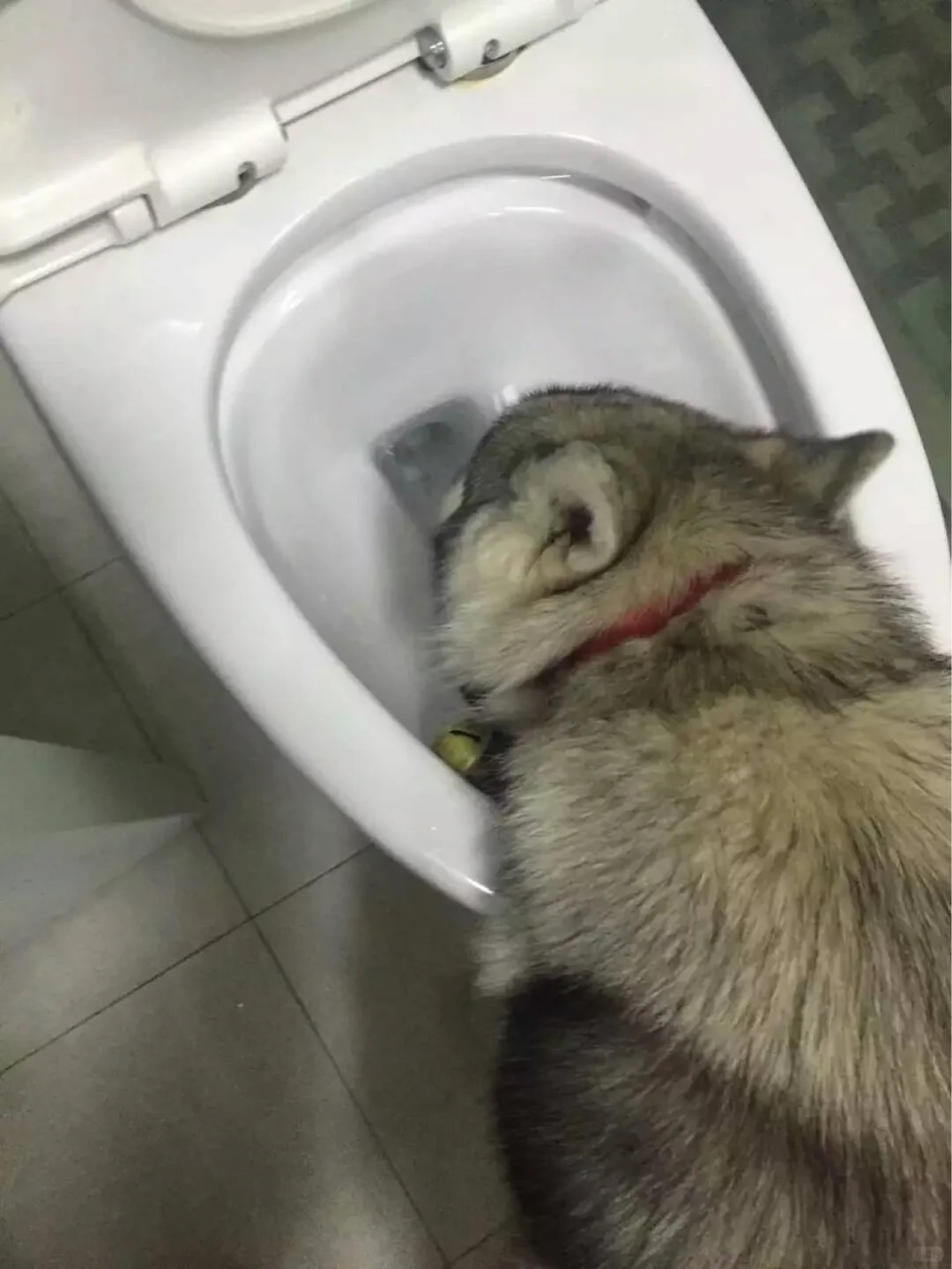What's your favorite type of dog?
Different breeds have unique characteristics and personalities, so you can choose a dog that fits your own conditions, personality, and lifestyle 🐶.
🐶 Poodle: Small size, eats little, smart and easy to train.
🐶 Corgi: Gentle nature, energetic, and adorably cute.
🐶 West Highland White Terrier: Extremely high appearance, doesn't bark often, and generally odorless.
🐶 Pug: Friendly, calm, and loves cleanliness.
🐶 French Bulldog: Silly but lovable, well-behaved, lively, easy to manage, and requires little exercise.
🐶 Yorkshire Terrier: Super soft and cute, eats little, very brave and protective of its owner.
🐶 Pomeranian: Playful and adorable, loves to be spoiled by its owner.
🐶 Maltese: Gentle and obedient; perfect for anyone wanting to style their pet.
🐶 Shiba Inu: Gentle temperament, very loyal to its owner, and a good watchdog.
🐶 Samoyed: The smiling angel, friendly, and not aggressive.
🐶 Husky: Still very handsome.
🐶 Labrador: Gentle and obedient, smart and friendly, the top choice for guide dogs.
🐶 Border Collie: Highly intelligent, loves to play, and very friendly.
🐶 Akita: Loyal and brave, doesn't bark much, and loves being lazy.
🐶 Golden Retriever: Gentle, smart, and loves kids.
🐶 Alaskan Malamute: Large size gives a sense of security, always enthusiastic.
For beginners, it's best to select dogs that are gentle, small, easy to care for, and obedient 🐶.
Recommendations: Poodle, Shiba Inu, Pomeranian, Pug, West Highland White Terrier, Golden Retriever.
For women, it's better to choose good-looking, small, low-maintenance, and clean dogs.
✅ Recommendations: Maltese, Yorkshire Terrier, French Bulldog, Poodle, West Highland White Terrier, Corgi, Pomeranian, Shiba Inu.
For office workers, choose dogs that are calm, don't destroy the house, and are affectionate.
✅ Recommendations: Poodle, Corgi, Pomeranian, Pug, Border Collie, Golden Retriever, Akita.
Dogs that shed less: West Highland White Terrier, Pug, Maltese, Yorkshire Terrier, Poodle.
🆘 Most dog breeds shed hair, and feeding habits and living environment can also have an impact. Scientific feeding and a relaxed, happy environment can help reduce shedding.
Before getting a dog, check your local city's pet policies; some dogs are restricted in urban areas, so be aware of that 🆘.
😊 The above descriptions are brief. If you have any questions about dogs or cats, you're always welcome to consult with me (private message me) or visit us in person!
